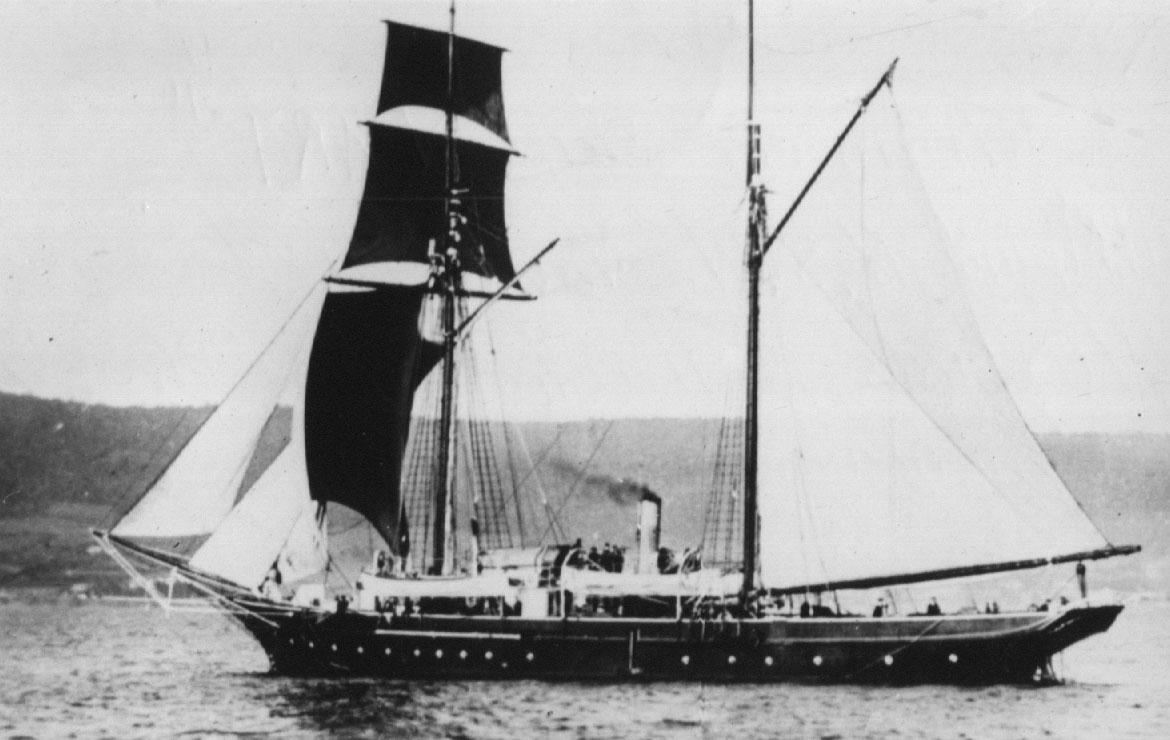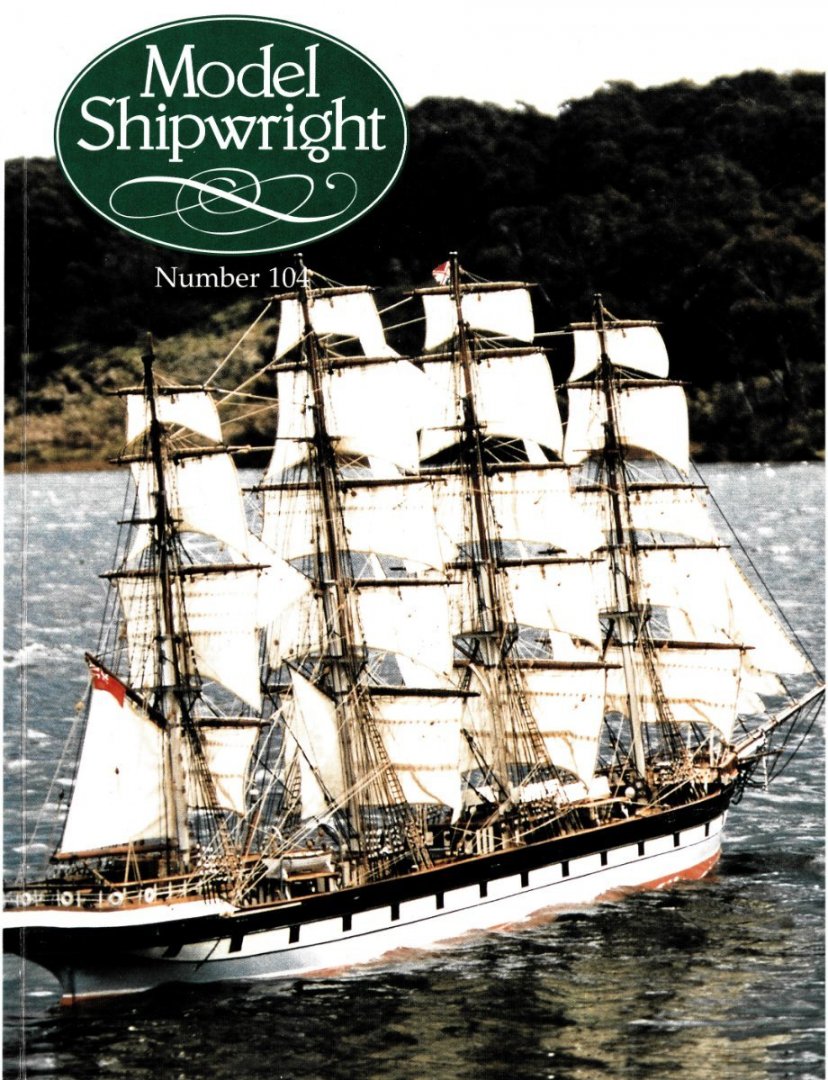
Tony Hunt
-
Posts
476 -
Joined
-
Last visited
Content Type
Profiles
Forums
Gallery
Events
Posts posted by Tony Hunt
-
-
There can't have been many warships with triple-gun turrets for the secondary armament. Very stylish!
- Canute, Old Collingwood, lmagna and 3 others
-
 6
6
-
A fascinating question Pat. Puzzles like this are part of what makes model building so interesting and instructive (in my opinion!).
There are quite a few shots of RN vessels with these booms variously stowed or in use, so I thought I'd see if they showed what went on in other vessels. This one of HMS Sealark* (originally the yacht Consuelo built in 1878) is interesting, although she doesn't rig stun's'ls she has the lower boom rigged, presumably for use by her boats, but in its stowed position the after half of it clearly fouls the lifeboat hoisted above it. So perhaps they just knew how to get around it?
This picture of HMS Dart shows a similar boom entirely underneath the lifeboat.

*There is a much sharper copy of this picture at picture 132 in "The Royal Navy in Old Photographs" by W.P. Trotter.
- druxey, Keith Black, KeithAug and 2 others
-
 5
5
-
-
-
Hi Richard
The go to for fine pins used to be entomology pins. They're stainless steel, come in a range of sizes. maybe even too fine for your purposes. When I last used them (decades ago) they had normal half-round heads like dressmaking pins, but looking on the internet now I see many of them have ceramic "blob" heads instead. However, it looks like there are still a few manufacturers of the old-school sort out there too.
-
-
Incredibly sharp detail. Indistinguishable from the real thing, in fact.
-
-
Diagonal planking (cold moulded) does make a really strong, light hull. My late father built some very large sailing models of iron-hulled square-riggers using the technique. The model in the picture below, the County of Inverness, is about three metres long and is double diagonal planked in NZ Kauri, over frames and longitudinal stringers.
-
Dear Keith
I am so saddened to read this terrible news. I can't even begin to imagine what you must be feeling. I trust that you will find the strength to come through this.
My most heartfelt wishes to you and your family.
Tony
- Keith Black, mtaylor and Dave_E
-
 2
2
-
 1
1
-
Gracie S looks nice!
- mtaylor, Keith Black and Canute
-
 3
3
-
-
They look really good Pat. So fiddly at that size!
Great to see you back in production, too. 🙂
- Keith Black, mtaylor, druxey and 1 other
-
 4
4
-
-
Congratulations on your retirement Grant, I just took the same plunge. Happy days!
Harriet M is looking good.
-
16 hours ago, Louie da fly said:
But that's 50% of the fun! Speculation, research, trying to make sense from pictures and descriptions with far too little information, and ending up with something that looks beautiful and would have worked as a seagoing vessel.
Steven
I think that's the spirit that has shone through in this build log and made this such an interesting model to follow. Thanks for the journey Steven, it's been educational and enjoyable.
-
-
-
This is such an engaging model. I love it.
- Louie da fly, druxey, Keith Black and 1 other
-
 3
3
-
 1
1
-
Are you going to paint a face on the inside of one of them? 😃
Seriously though, they look really good. Was it difficult to get them polished properly?
- FriedClams, mbp521, Keith Black and 1 other
-
 4
4
-
-
-
Hi Bitao, did you make the sampler yourself?
- Keith Black and mtaylor
-
 2
2
-



Glory of the Seas 1869 by rwiederrich - FINISHED - 1/96 - medium clipper
in - Build logs for subjects built 1851 - 1900
Posted
Looking magnificent.